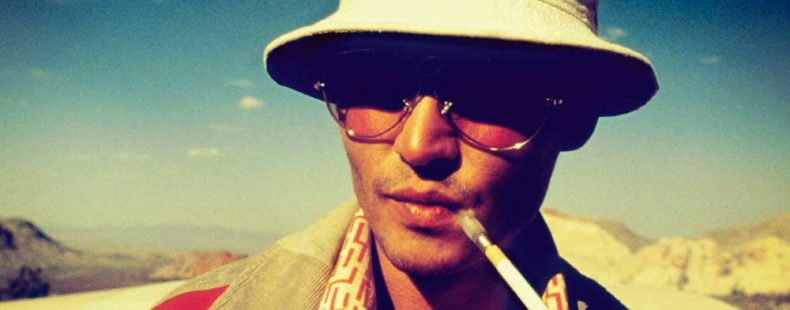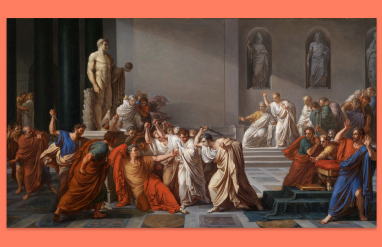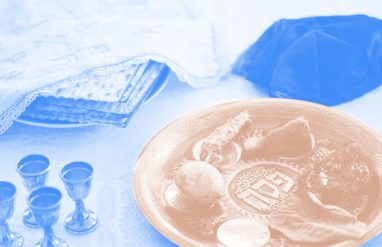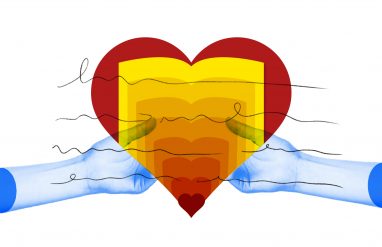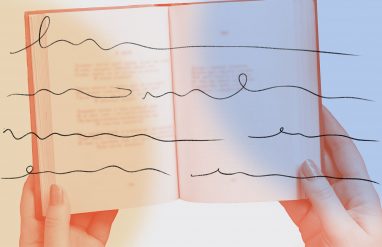Notorious for his breakfasts of cocaine, Chivas Regal, and Dunhills, Hunter S. Thompson once said “I hate to advocate drugs, alcohol, violence, or insanity to anyone, but they’ve always worked for me.” Well, they ‘worked’ until they didn’t anymore. Virtually no words can describe the insane quantities and layers of stimulants that were needed to stimulate this man:
3:00 p.m. rise, 3:05 Chivas Regal with the morning papers, Dunhills, 3:45 cocaine, 3:50 another glass of Chivas, Dunhill, 4:05 first cup of coffee, Dunhill, 4:15 cocaine, 4:16 orange juice, Dunhill, 4:30 cocaine, 4:45 cocaine, 4:54 cocaine, 5:05 cocaine, 5:11 coffee, Dunhills, 5:30 more ice in the Chivas, 5:45 cocaine, etc., etc., 6:00 grass to take the edge off the day, 7:05 Woody Creek Tavern for lunch-Heineken, two margaritas, coleslaw, a taco salad, a double order of fried onion rings, carrot cake, ice cream, a bean fritter, Dunhills, another Heineken, cocaine, and for the ride home, a snow cone (a glass of shredded ice over which is poured three or four jiggers of Chivas).
9:00 starts snorting cocaine seriously, 10:00 drops acid, 11:00 Chartreuse, cocaine, grass, 11:30 cocaine, etc., etc., 12:00 midnight, Hunter S. Thompson is ready to write , 12:05-6:00 a.m. Chartreuse, cocaine, grass, Chivas, coffee, Heineken, clove cigarettes, grapefruit Dunhills, orange juice, gin, continuous pornographic movies.
6:00 the hot tub, champagne, Dove Bars, fettuccine Alfredo, 8:00 Halcyon, 8:20 sleep.
